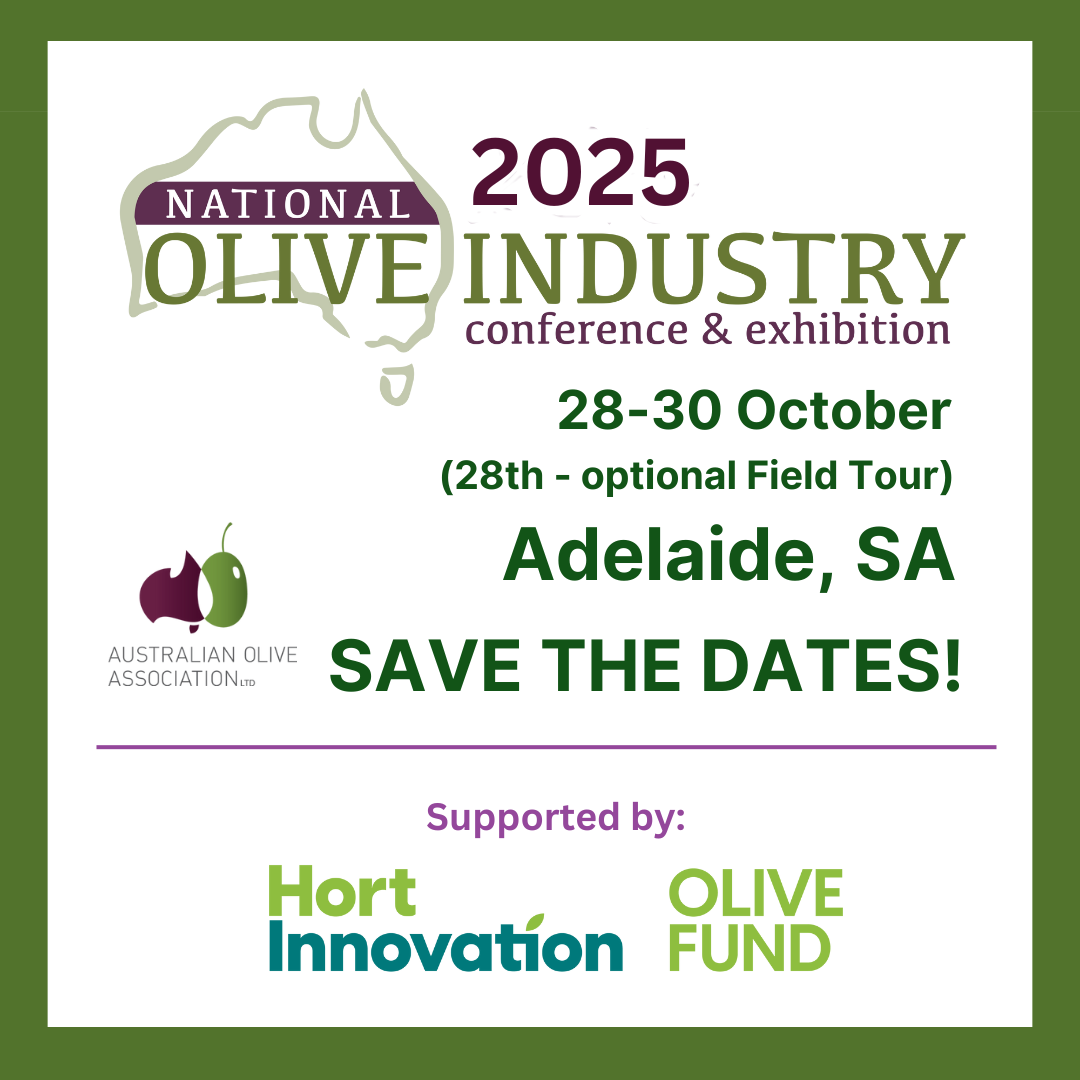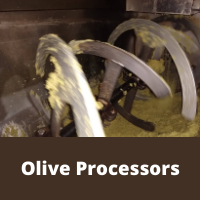Olives have been cultivated in central Victoria for more than 100 years. However, it was only in the early 1990s that commercial olive cultivation was truly established in the region.
Central Victoria is one of Australia’s most premier agri-food production centres, steeped in farming and keen to promote a ‘clean, green’ environment. It has rich and diverse soils and a Mediterranean-type temperate climate which makes it one of Australia’s most ideal locations for growing olives.
By the mid 1990s there were more than 100 commercial olivegrowers in the region with more than 100,000 olive trees which led to the forming of the Central
Victorian Olive Growers Association Inc. (CVOGA) in 1997.
CVOGA is a non-profit organization formed to provide a supporting infrastructure for regional growers to pool resources and foster collaboration to improve industry capabilities, facilitate growth and ultimately compete in the global marketplace.
Today, with a membership of more than 165 growers, CVOGA is the largest cluster-growing group in Australia with the total number of olive trees that come under the CVOGA banner numbering about 300,000.
In 2000 the Association formed its commercial entity, OlivOz, a public company based in Epsom in central Victoria to provide efficient and competitive market-driven supply chains and processes capable of delivering high quality olive oil, fruits and products from the region to domestic and international markets.
OlivOz would achieve this by developing a highly competitive research, processing and marketing entity through rationalisation, scale economies and efficiencies, and assets pooling in areas of skills, innovations and resources – human, capital and intellectual.
Its mission is: “To be a responsive benchmark provider of Australian Olive oil and products, in terms of quality and service, in both domestic and export markets whilst at the same time providing fair and equitable returns to our shareholders and supplier growers.”
In June 2006 OlivOz completed the installation of an Alfa Oliver 500 at its processing centre at the Bendigo Pottery tourism precinct in Bendigo. The
Alfa Oliver 500 has the unique option of crushing the olives with or without the pips. This design allows a variation and control mechanism for OlivOz to produce high quality olive oil with uniquely different flavours and extended shelflife through differentiation and thus optimisation of the yield of the various varieties and the enhancement of the oil’s organoleptic features.
The centre was set up by OlivOz and its 160 growers in collaboration with equipment manufacturer Alfa Laval and La Trobe University.
As well as processing locally grown olives, the centre helps develop quality standards for processing, and provides a retail and marketing springboard.
Today OlivOz markets the region’s extra virgin olive oil under the Latitude 37 label, targeting retail sales through Australian supermarkets and delicatessens, as well as export markets. OlivOz has its own outlet, The Latitude 37 Centre, which it set-up in May 2005 at the Bendigo Pottery Tourist Complex which is visited by about 100,000 tourists annually.
The Centre promotes and sells premium olive oil, fruits and products of CVOGA growers as well as complementary products produced within the central Victorian region which include jams, chutney, sauces, conserves and Bendigo Pottery products for olive oil dispensing and storage.
The Centre also conducts promotional days periodically throughout the year to highlight the benefits of olive oil, fruits and associated products either by form of a festival occasion or educational tuition courses.
Central Victoria olive industry identity Peter Caird, who is an olivegrower and founding member of CVOGA, says that Australia has muddled through several stages of olive oil production commencing in the 1800s when we first exhibited on the world stage and received acclamation.
“Unfortunately we have had to wait until our post-war migration population arrived and began to change the taste of our cuisine, our lifestyle and our habits. It was never going to be enough to treat olive oil as a medicine to be sold as a balm for constipation.”
He says that fortunately this has changed thanks to migration.
“Our Italian, Turkish, Spanish, Greek and other friends bought with them a love, a passion for olive oil that has been transposed into a burgeoning industry.
“This industry will succeed because Australian farmers now recognize the possibilities.”
Caird says that there are still issues to resolve such as deciding which varieties are the best – to which there is no short answer.
“We have more than 100 varieties planted in Australia dating from
the 1800s.
“The Mildura trials in the 1930-40 period provided our nascent industry with the impetus to plant the proven varieties.
“Manzanillo, Verdale, Barouni and other lesser luminaries were planted with great gusto a mere 10 years ago before people realised that perhaps they were not the varieties that would flourish, be sought after or be economic.”
He says this is a not too dissimilar story to that of the wine industry of
30 years ago. “Who now remembers Porphyry Pearl I wonder, or Spumante?”
He says that a rapid reassessment was made just 10 years ago as it became evident that the lure of the dollar had led to incorrect plantings.
“Nowadays we have refined our plantings and are about to reap the rewards.”



